On the surface, Disney movies are entertaining visual spectacles that kids and adults can enjoy. They are sometimes based on classic fairy tales, but other times, they tell an entirely new story. Each Disney film has a basic plot with a clear beginning, middle, and end. Usually, there’s a lesson or two to learn by the end.
However, beyond the surface-level takeaways, plenty of Disney movies have deeper messages. These psychological or philosophical meanings might not be so obvious to viewers until fans are made aware of them.
10 Inside Out Is About Understanding Mental Health And Accepting Emotions
It might not be quite so hidden, but younger kids probably don’t overtly pick up on the fact that Inside Out is all about mental health. The movie touches on understanding and accepting emotions, both the good and bad, for what they are. Viewers are taught to work through them and know that everything will be okay on the other end.
The characters literally have names like Joy, Sadness, Anger, and Fear, and they all work together to help main character Riley get through each day. However, it's only when these emotions can happily co-exist, with none suppressing the others, that Riley is at her best.
9 Turning Red Touches On Female Puberty
There was a lot of chatter about the hidden themes behind Turning Red, as there were lots of interesting things to know about the film. One thing for sure is that it’s clearly an allegory for menstruation and, more specifically, female puberty. When Meilin is a teenager, she discovers that when she gets angry, she turns into a massive red panda. The panda is meant to symbolize Meilin getting older, maturing, and going through the change into womanhood.
Turning Red is also about the mother/daughter relationship and the challenges that arise once young girls reach this pivotal stage in life. The symbolism goes even further: the color red symbolizes luck, joy, and happiness in Chinese culture.
8 Frozen’s Theme Is Acceptance
In Frozen, Elsa hides away from the world because she is different and feels that others won’t accept her. Her sister Anna, meanwhile, doesn’t care about her sister’s ailment. She just wants to build a snowman with her sibling.
The underlying theme in Frozen is acceptance of one’s differences, whether they be in appearance or otherwise. While Elsa might look like a beautiful princess on the outside, on the inside, she feels like no one will accept her because she’s different. The Disney movie's more prominent themes are about family, but acceptance is a cleverly hidden meaning.
7 Snow White Has Biblical Parallels
On the surface, Snow White is about a young woman who, after fleeing from her evil and murderous stepmother, is taken in by seven friendly 'dwarves'. She meets an untimely fate when she eats a poisonous apple, which her stepmother coaxes her to try while disguised as a serpent. Snow White enters a death-like sleep but is eventually awoken by the kiss of a prince.
Snow White is similar to Adam and Eve's story in the bible. In the bible, Eve takes a bite from an apple in the Garden of Eden, even though she is warned not to. It is this act, so the story in Genesis goes, that leads to the birth of sin. It is presumed that when Snow White takes the bite offered to her by the serpent, even though she has always been told not to talk to strangers, she becomes aware of the evils in the world. It’s something to consider when checking out the upcoming live-action Snow White movie.
6 Pinocchio Was In The Belly Of The Whale
One particularly notable scene in Pinocchio really takes a trope to a literal sense. In many stories, there’s a plotline referred to as the “belly of the whale” whereby the main character faces imminent danger, becomes separated from the world they know, and transforms in some significant way.
In Pinocchio, the titular character literally ends up in the belly of a whale while trying to save his father, finally emerging as a real boy. It’s one of those symbolic bits that seems so obvious but is easy to miss without figuring out the very literal translation of the moment.
5 Peter Pan Is About Maturity
Everyone knows the story of Peter Pan as the one about the young boy who refused to grow up. Instead, he chose to live in a happy, beautiful place known as Neverland, free of responsibilities and strife. However, he also suffers the consequences of that, such as not being able to build mature relationships with others.
The underlying meaning in Peter Pan is that growing up is a natural part of life and should be embraced. Living in isolation simply to avoid change and growth might prevent heartache but can also lead to resentment, bitterness, anger, and loneliness.
4 Shrek Teaches A Lesson About Shallowness
While kids love the story of the beautiful princess choosing the seemingly “ugly” ogre for a beautiful, happy ending, Shrek is about far more than that. It’s about acceptance, flipping damsel in distress tropes, and not judging a book by its cover.
In the end, despite knowing that she would no longer be considered conventionally beautiful, Princess Fiona didn’t care and decided to become an ogre to be with the person she loved. She knew Shrek was the love of her life and she would be happy with him, which is what mattered the most. It’s no surprise Shrek is one of the best DreamWorks animation movies.
3 Sleeping Beauty Touches On Helicopter Parenting
A relatively new term, “helicopter parenting” refers to overly-protective parents who hover over everything their kids do, even as they get older. Sleeping Beauty, either intentionally or unintentionally, touches on that concept with symbols like the spinning wheel.
In Sleeping Beauty, Princess Aurora must avoid a spinning wheel when she turns 16 because a curse suggested she would prick her finger on one and enter an eternal sleep. The wheel is designed to represent a transition of some kind, like a child becoming an adult in the cycle of life. Since Aurora was protected and sheltered her entire life, she did not have the proper tools to do that once she turned 16, and her body literally shut down because of it.
2 Encanto Celebrates Differences
Encanto may very well be the deepest Disney movie yet, with tons of symbolism and deeper messages of generational trauma throughout. There are a lot of great things about Encanto. The characters are all very different, even though they are from the same family. Agustin and Mirabel feel isolated because they are not exceptional in any way, while the rest of the family are.
It's the same way many people might feel in families where several people are successful, do well in school, or have happy marriages. In real life, everyone is different, but everyone also has challenges. The differences are what make people unique, including those between Mirabel and her sister.
1 Finding Dory Is About Accepting Disabilities
Most fans love Finding Dory but don’t realize that the movie sheds significant light on people with disabilities and how they are often treated differently than others. Dory first introduces herself as someone who “suffers from short-term memory loss,” which instantly becomes her main personality trait.
In Finding Dory, the titular character realizes everything she lost because of her memory loss and sets out to fix it. Along the way, she meets other fish who provide comfort and show her that she’s not alone. Among them are Hank, an octopus who lives with agoraphobia, and Destiny, who has myopia. By the end of Finding Dory, Dory no longer apologizes for her memory loss when she meets new friends. She also learned to accept the help of others, which helps her gain independence.

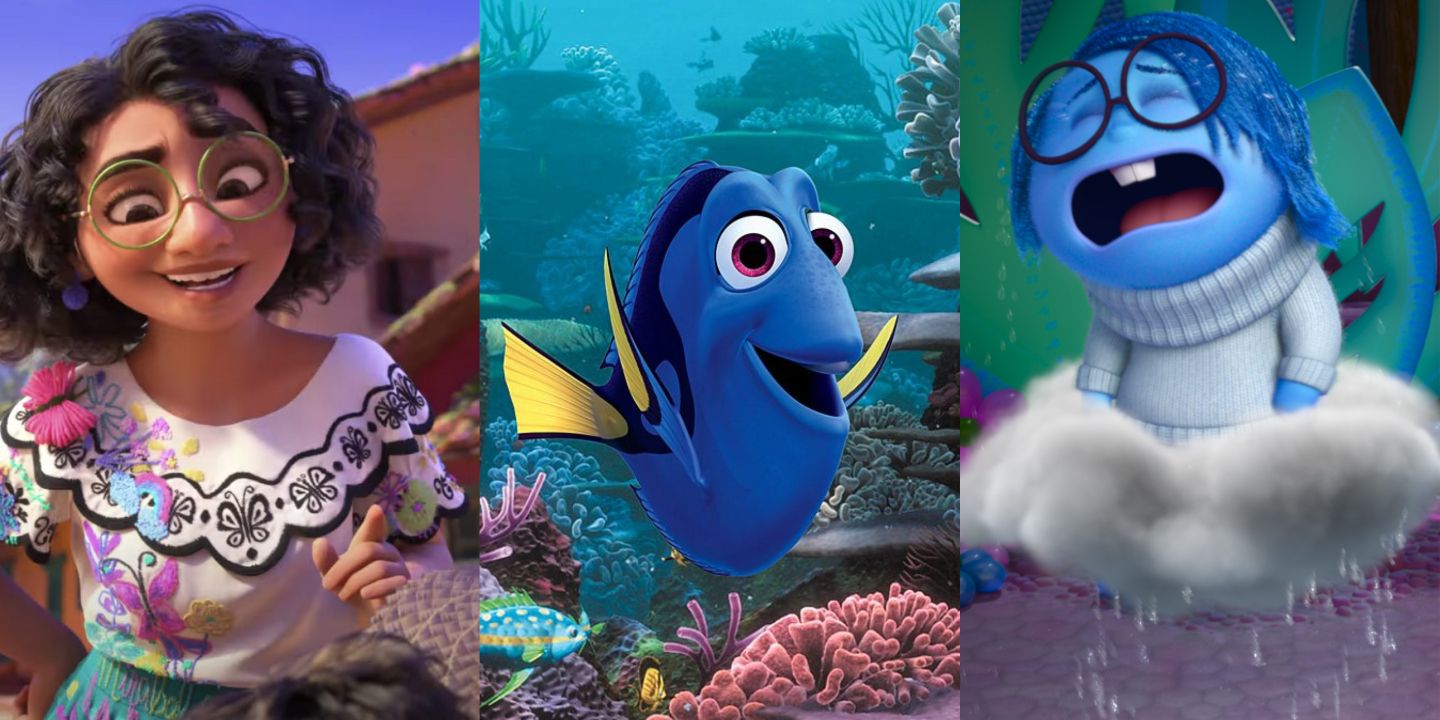
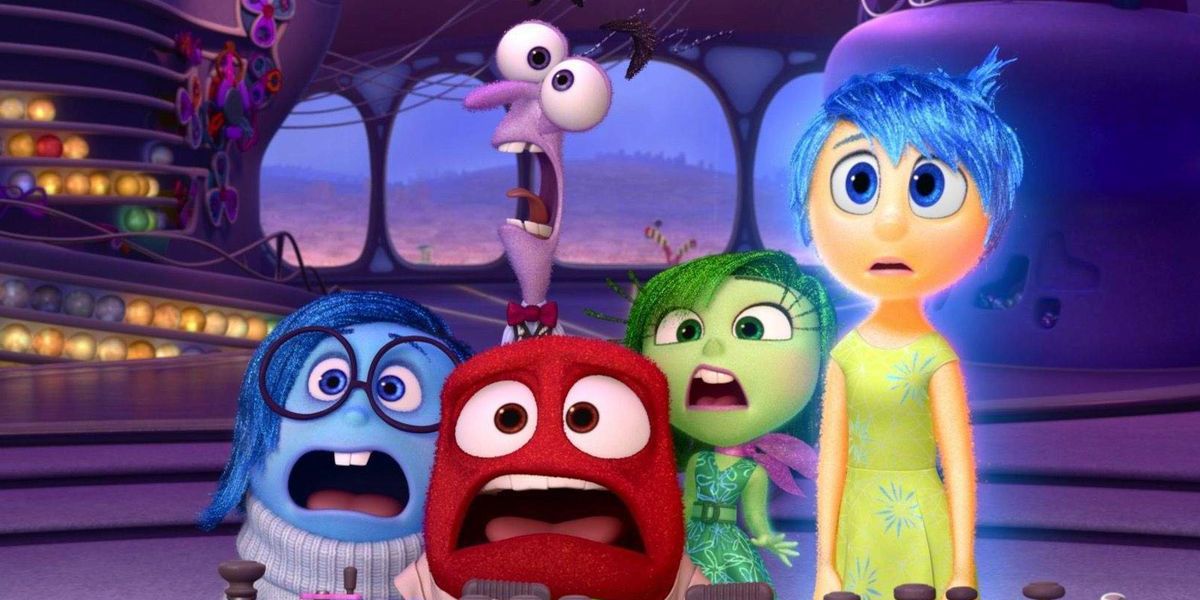
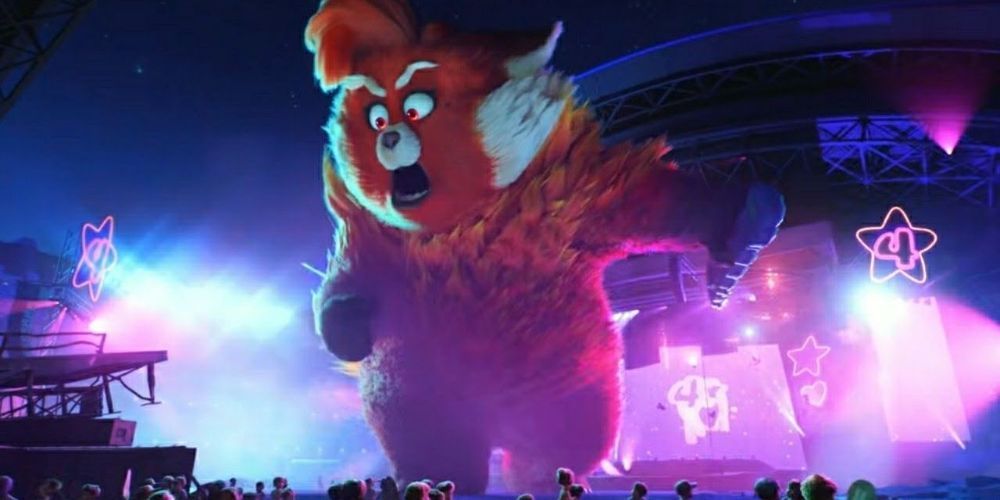
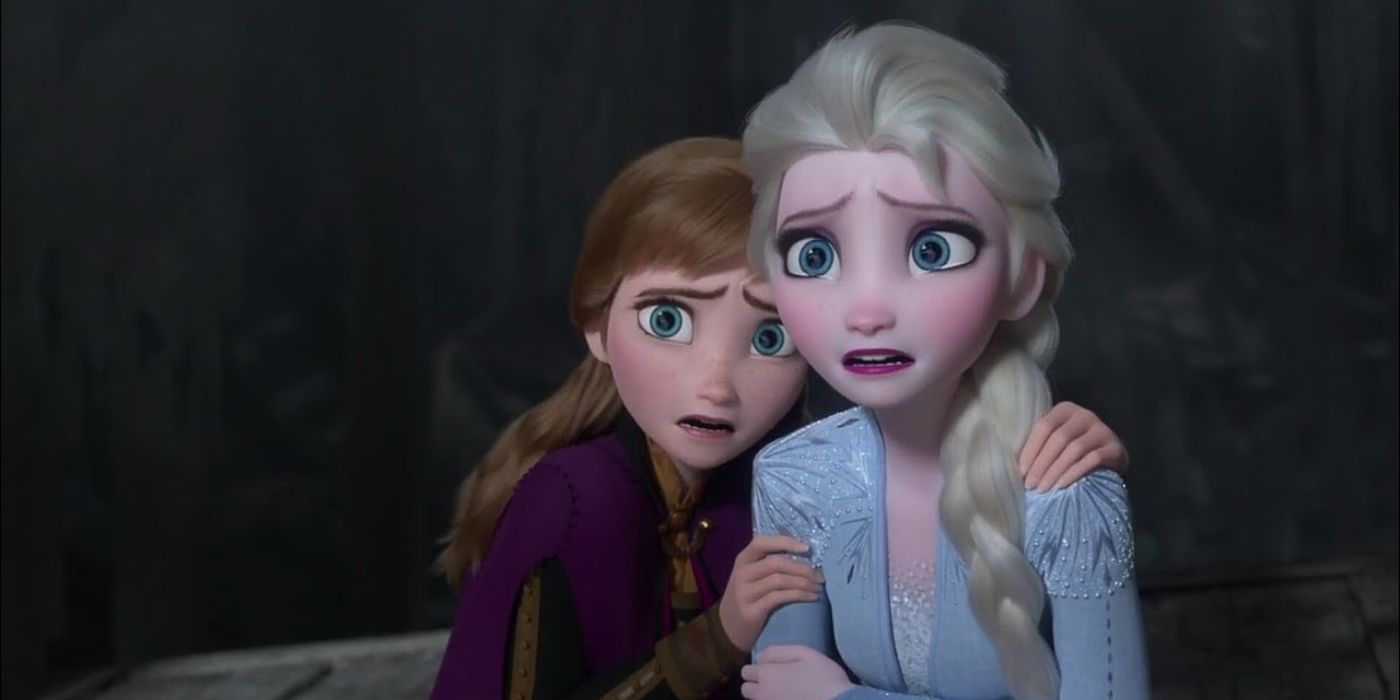
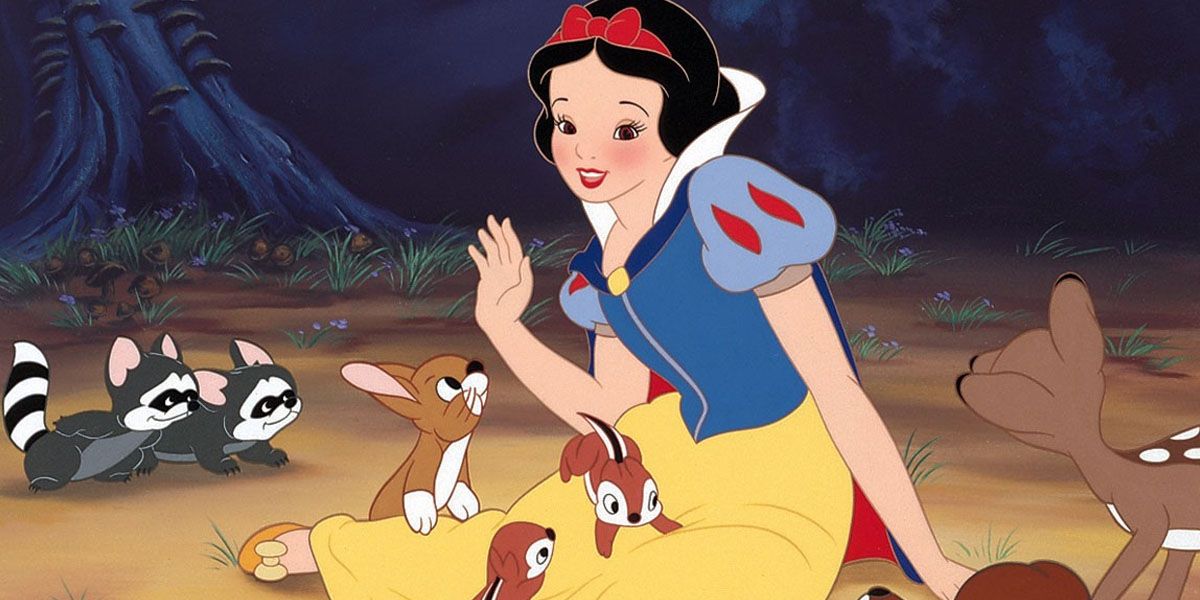

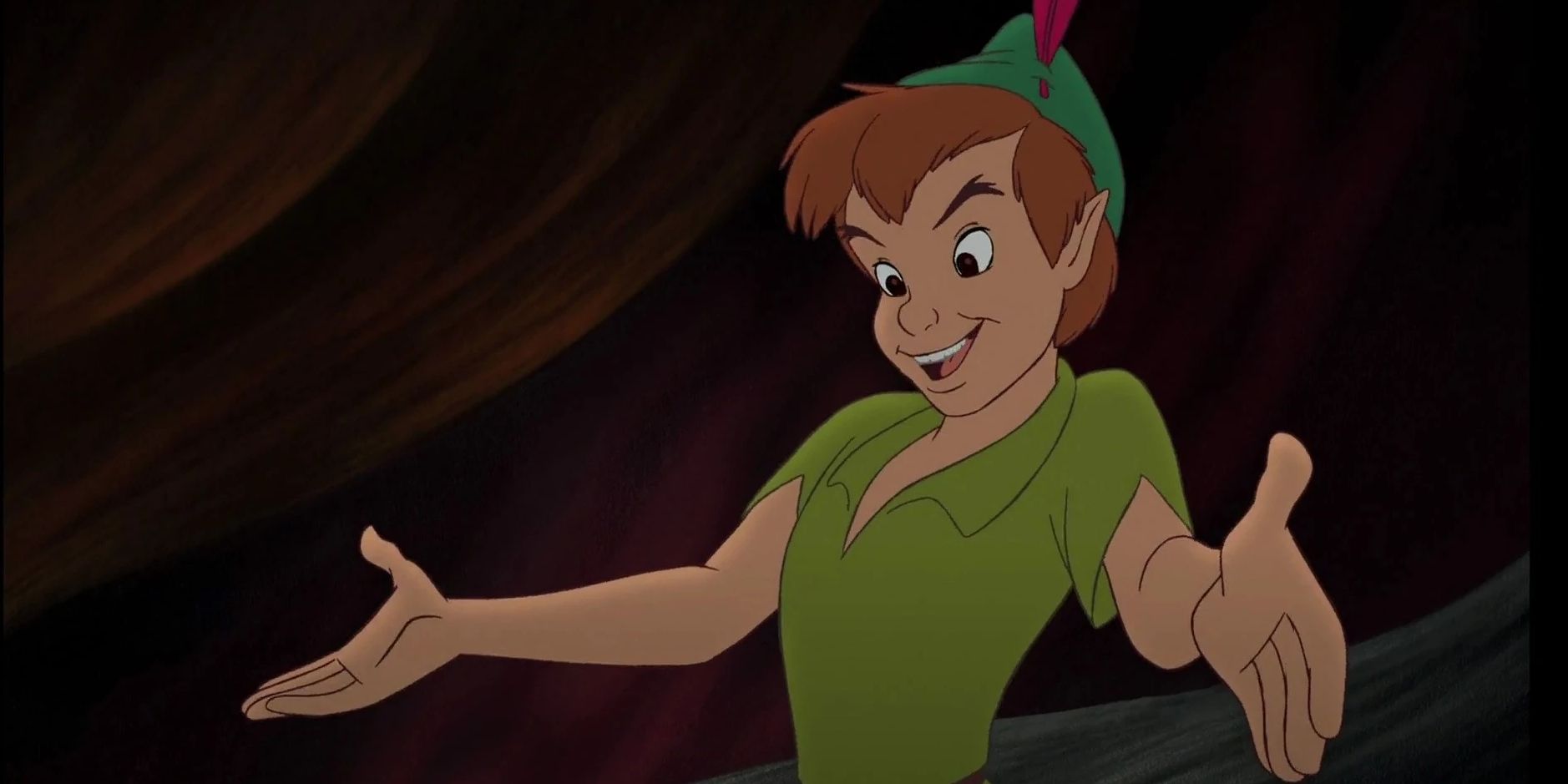
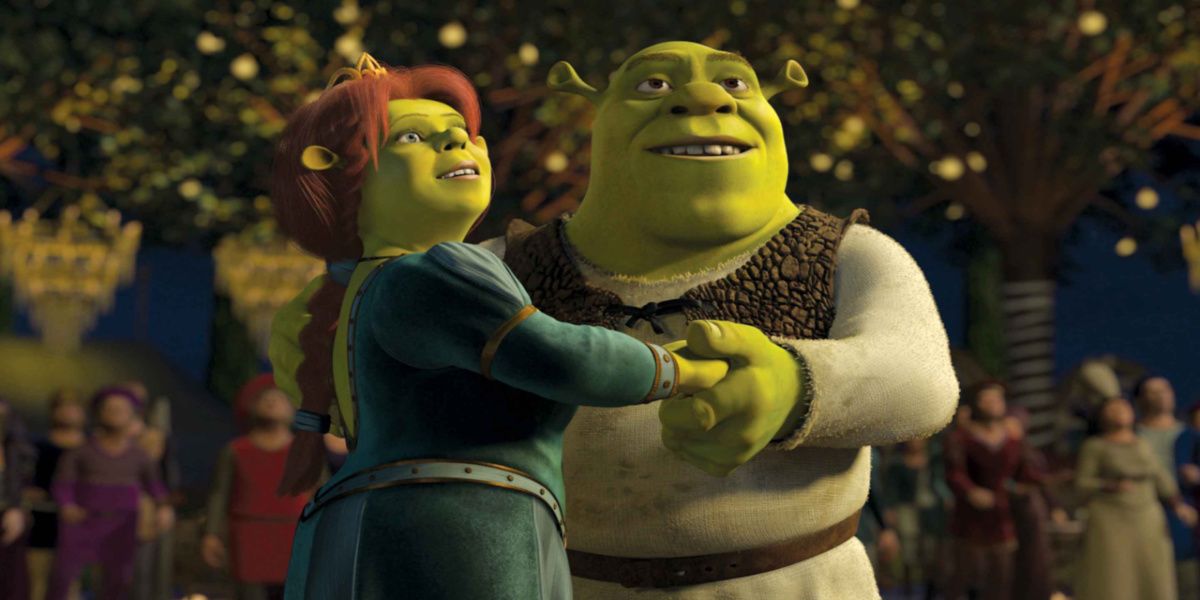
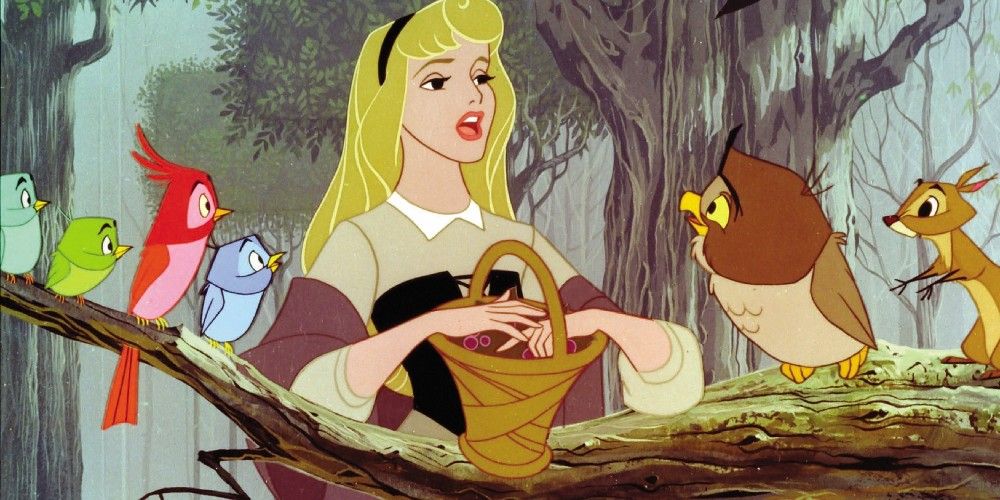
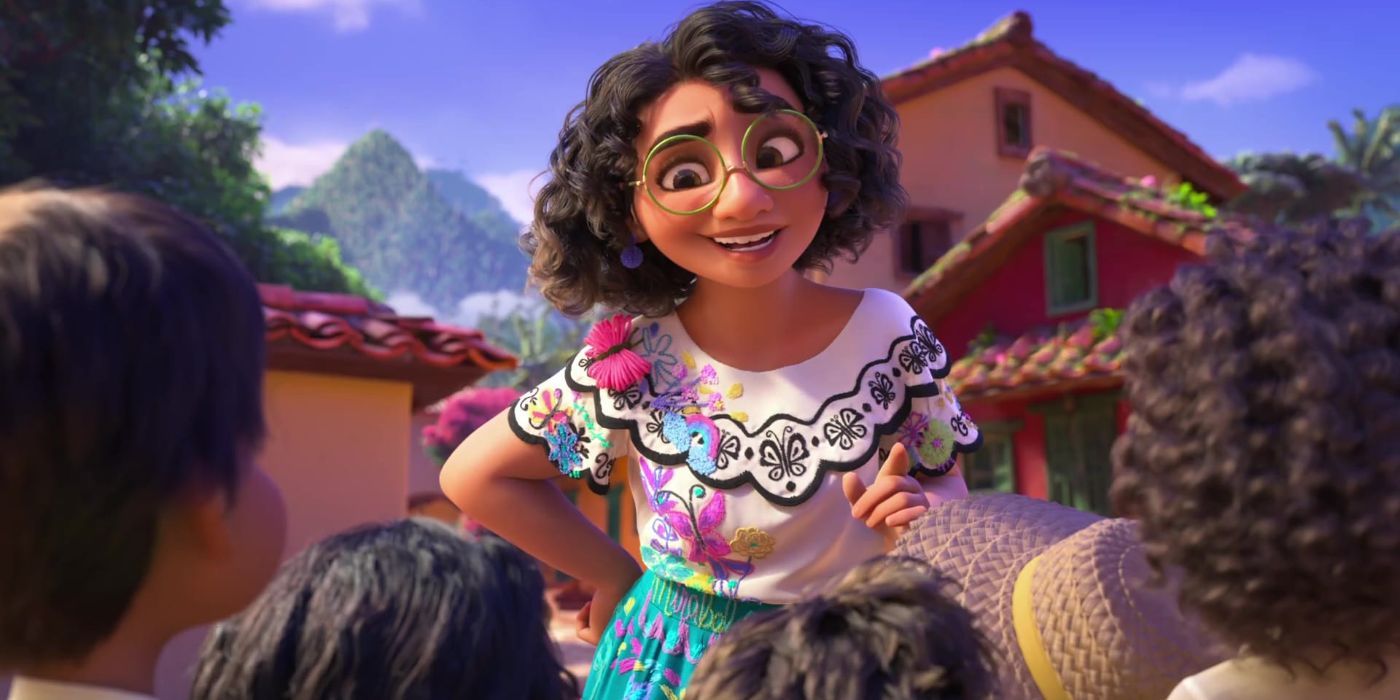
.jpg)